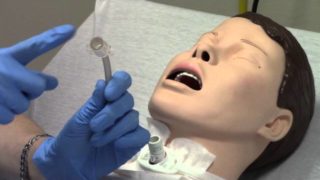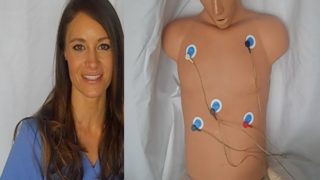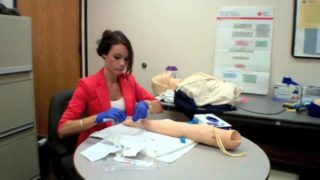How to Administer and Read PPD Skin Test
Hi guys! I hope you enjoy this video going over Administering & Checking a PPD! If you liked it & want to see more please "thumbs up!" Also, please share this with your friends & classmates if it helps you!!
Love you!
- Caroline
http://empowern.com/disclaimer/
Music Credits: https://www.youtube.com/watch?v=QRtHl9n-G3o&feature=youtu.be&list=RD6dwXU2i-7r4
How to Administer and Read PPD Skin Test
Other Videos You Might Like:
Subscribe
Login
52 Comments
Newest




